
After an investigative report published in Science called to question years of research around the existence of an amyloid oligomer known as Aß*56, debates about the amyloid hypothesis have been reignited in the Alzheimer community.

After an investigative report published in Science called to question years of research around the existence of an amyloid oligomer known as Aß*56, debates about the amyloid hypothesis have been reignited in the Alzheimer community.

In addition to reduced times to treatment, implementation of field stroke triage led to significantly lower rates of disability for both the entire cohort and those independent at baseline among those with large vessel occlusions.
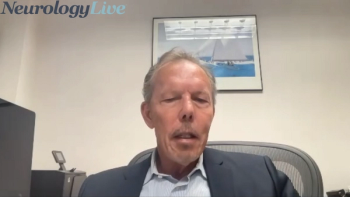
The professor of psychiatry and cell biology at NYU Langone provided insight on the reaction to a new paper that challenges how traditional drug development has approached Alzheimer disease. [WATCH TIME: 4 minutes]
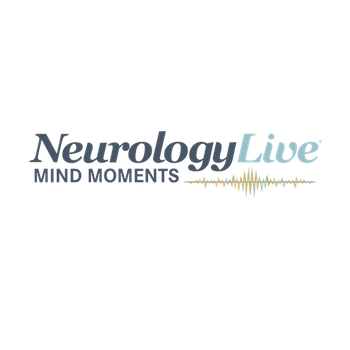
Mind Moments®, a podcast from NeurologyLive®, brings you an exclusive interview with Darin T. Okuda, MD, and Karin Cook. [LISTEN TIME: 55 minutes]
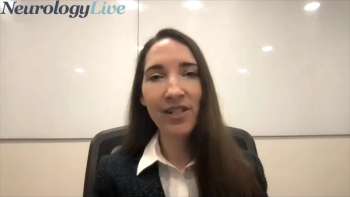
The vice president of clinical development at Biohaven shed light on a newly initiated phase 3 study evaluating a promising agent for patients with all types of spinal muscular atrophy. [WATCH TIME: 2 minutes]

Get caught up on some of the latest news in Alzheimer disease and dementia, with data updates and expert insights, all in one place from the NeurologyLive® team.

The oral suspension, marked as Ztalmy by developer Marinus, is the first drug approval for cyclin-dependent kinase-like 5 (CDKL5) deficiency disorder (also known as CDD), given the greenlight in March. The agent is now available as of July 28, 2022.
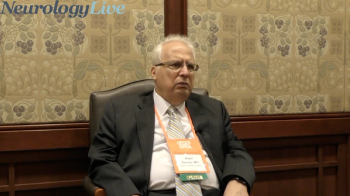
The associate neurologist-in-chief at Boston Children’s Hospital provided insight on the treatment decisions clinicians make for patients with SMA and the challenges with improving optimization. [WATCH TIME: 3 minutes]

Findings showed that, although risk for serious fall injury was not mitigated by insomnia diagnosis, individuals with active insomnia taking prescribed hypnotic medication may be a particularly high-risk subgroup.

Consistent with previously reported findings, Hispanic pregnant women reported better subjective sleep quality throughout all trimesters compared with non-Hispanic White participants.

The associate neurologist-in-chief at Boston Children’s Hospital discussed the importance of defining and acting on spinal muscular atrophy in its presymptomatic stages. [WATCH TIME: 4 minutes]

Despite recent technological advancements, fewer participants underwent polysomnography and medical grade actigraphy, with minimal adoption of non-PSG electroencephalograms.

The director of the John P. Hussman Institute for Human Genomics at the University of Miami provided context on the influence that genetics will have in drug development for Alzheimer disease in the coming years.

Chaired by Annette Okai, MD, of North Texas Institute of Neurology & Headache, the presentations also feature Fernando Cuascut, MD, MPH, of Baylor College of Medicine; and Lauren Tardo, MD, and Rebecca Romero, MD, of UT Southwestern Medical Center. [WATCH TIME: 1 hour, 18 minutes]

Using a backward logistic regression model, lower functional capacity between the default-mode network and ventral attention network accurately predicted response to cognitive rehabilitation among a cohort of patients with MS.

In addition to reductions of SOD1 protein, earlier start tofersen demonstrated positive effects in clinical function, respiratory function, muscle strength, and quality of life in patients with SOD1 ALS.
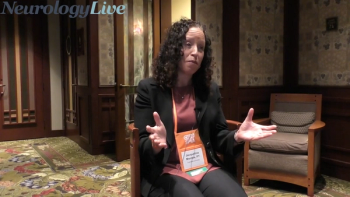
The associate professor of rehabilitation and regenerative medicine at Columbia University Medical Center discussed the ways clinicians go about properly prescribing exercise regimens for patients with spinal muscular atrophy. [WATCH TIME: 3 minutes]

At year 5, significantly lower annualized change in EDSS score, lower incidence of confirmed disability worsening, and lower annualized change in FSS pyramidal function were identified in the early initiated treatment group.

Data from a cohort of more than 111,000 women showed that presence of endometriosis increased stroke risk by 34%.

Those with an optimal Life's Simple 7 score had roughly a 30% to 43% lower lifetime stroke risk than those with an inadequate Life's Simple 7 categorization, corresponding to almost 6 additional years of stroke-free life.
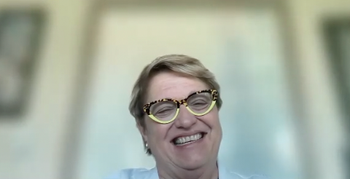
The director of the John P. Hussman Institute for Human Genomics at the University of Miami detailed a new international initiative that expands on the genetic backgrounds of people of Hispanic and African ancestry. [WATCH TIME: 4 minutes]

Here's some of what is coming soon to NeurologyLive® this week.

The median time to seizure relapse following antiseizure medication discontinuation was 8 months, although 16.7% of the cohort had relapse occur just 1 month after baseline.

Test your neurology knowledge with NeurologyLive®'s weekly quiz series, featuring questions on a variety of clinical and historical neurology topics. This week's topic is headache and migraine.

Get caught up on some of the latest news in headache and migraine, with data updates and expert insights, all in one place from the NeurologyLive® team.

For amyloid positive cognitively unimpaired individuals, the best predicting compositive measure included gender, and changes in ADAS delayed recall, MMSE, SDMT, and Trailmaking Test B.
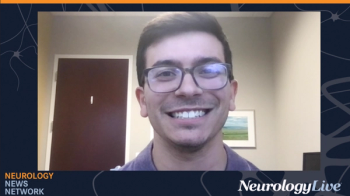
Neurology News Network for the week ending July 23, 2022. [WATCH TIME: 4 minutes]
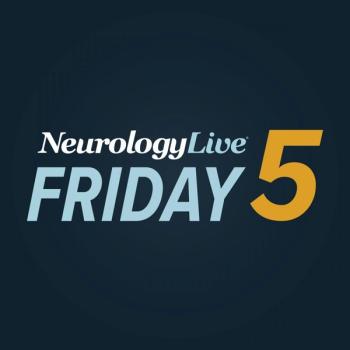
Take 5 minutes to catch up on NeurologyLive®'s highlights from the week ending July 22, 2022.

For most of the individuals assessed, the rate of improvement was modulated by practice frequency, with significantly greater improvement over time in those who practice 3 to 5 days per week than those who completed 1 day of sessions per week.

The associate professor of rehabilitation and regenerative medicine at Columbia University Medical Center provided insight on the tools and gaps in care for assessing physical capacity in patients with spinal muscular atrophy. [WATCH TIME: 4 minutes]